
Kefir has a very lively origin history and the aura of a great product. It is not surprising that other qualities are mixed with real healing properties in the collective consciousness: for example, rapid and painless weight loss without negative consequences. We find out where kefir really is good, and we study the kefir diet from all sides looking for pros and cons.
History of kefir
Just imagine: in the glass of kefir that you drink today, there are traces of the drink that was drunk hundreds of years ago.
Kefir is made from cow's milk, with "mushrooms" from strep and rods, acetic acid bacteria, and yeast. Most likely, according to the researchers, the fungus originated from koumiss, a drink made from mare's milk, and entered the milk of cows when the tribes of the Caucasus changed from a nomadic lifestyle to a sedentary lifestyle. move and start farming. Scientists have yet to succeed in artificially eliminating kefir fungi, new parts of the initial culture obtained through the reproduction of existing fungi.
Today kefir is used everywhere, from Kazakhstan to Australia, but the specific bacteria in the base of a modern product can be traced to a specific place, the Elbrus region. Those who live on the northern slopes of the Caucasian ridge consider kefir a gift from Allah himself, so the drink is surrounded by special rituals and superstitions.
For example, the sale of kefir mushrooms was banned, believed to take away their healing powers. But they can be stolen - with the tacit permission of the owner.
Another ritual: the highlanders pour milk with kefir mushrooms into a wineskin and dry it in the sun, next to the entrance to the house. Passersby can show respect to the owner by kicking the wine's skin – the shaking makes the fermentation process more intense.
The first official message about the benefits of kefir was given by doctor Tiflis Jogin in 1867. But the production of the drink at that time was still a carefully guarded secret of the highlanders. The situation changed thanks to an employee of a large, well-known dairy company. When tasked, she visits a wealthy man's estate in Karachai and receives for the first time in history 10 pounds of kefir mushroom "seeds" as a gift or as legal compensation for unscrupulous flirting. success. Finally, kefir began to be produced industrially.
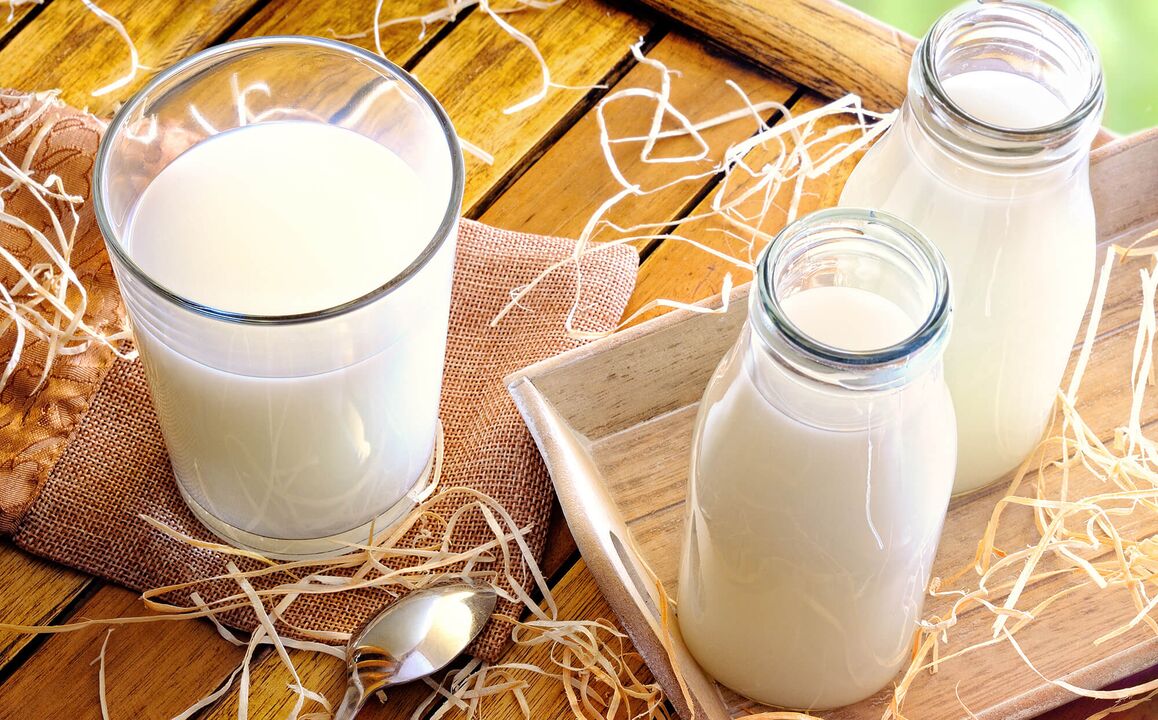
Benefits of kefir
In the late 19th century, doctors launched a veritable large-scale campaign to promote the benefits of kefir, the echo of which still resonates with us. The legendary scientist, Nobel laureate, has studied the benefits of fermented dairy products and the live microorganisms of probiotics throughout his life.
Further research confirmed his speculations. Kefir has a beneficial effect on the intestinal microflora and metabolism in general, preventing the development of pathogenic microflora. It also has immunostimulant, soothing, and mild diuretic effects, i. e. it reduces excess fluid in the body.
Kefir is superior to yogurt in the content of vitamins A, D, K, E, contains useful amino and organic acids, enzymes and important trace elements - iron, iodine, calcium, potassium, sodium, magnesium, phosphorus, zinc - in the amount a person needs.
The older the kefir, the more acidic it tastes and the more ethyl alcohol it contains. In any case, there's not much of that: at the end of the shelf life, up to 1 fortress degree, it's probably safe to get behind the wheel after taking a whole bottle of kefir. But it's still a good idea to feed your baby fresh kefir a day.
For people who are lactose intolerant, kefir will help with the normal absorption of this carbohydrate. Kefir is low in calories and high in moisture, so it helps maintain water balance while providing a feeling of fullness. No wonder this product has become the basis of an entire galaxy of diets.

The essence of the kefir . diet
Kefir is nutritious and gentle, improves the work of the digestive tract and helps to lose weight quickly, significantly reducing the amount of calories consumed and eliminating excess fluid. Many people consider the kefir diet to be a single diet, that is, a diet made from one product, but this is the most radical option: it is allowed to eat only kefir without harm to health. for up to 24 hours. More often, kefir is combined for 3, 7 or 9 days with other low-calorie foods. Especially popular are the kefir-buckwheat diet, the kefir-banana diet, the kefir-curd diet and the cucumber-kefir diet.
Kefir, by the way, is celebrated by a famous singer's famous kefir diet: the silent history of whether a really famous singer used it, at some point. During her career, she has really lost a lot of weight. The star's diet menu includes of course kefir, as well as low-fat cheese, chicken breast, fruit and jacket potatoes.
The Kefir diet for weight loss is definitely suitable. But it severely limits the supply of nutrients, based on feelings of hunger, and puts the body into a state of severe stress. Are the results worth it? Here's how they write about the kefir diet online:
- "Losing 12 kg in 3 weeks. I lost weight, but I will never repeat it!!! I thought I was going to die of hunger. "
- "The kefir diet is effective if you follow it correctly. But without exertion, the effect won't. You should at least do some exercise. Try to only take kefir for 1 day. If you feel unwell, it's better to stop . . . "
- "A week without food. All in all. A kefir and water. The consequences have come. Probably the most extreme of all the diets I've tried. "
General rules for the kefir diet
- Kefir is the main product of the diet. You need to drink about 1. 5 liters per day. The rest is low-calorie fat-free carbohydrates and protein: meat, fish, vegetables, fruit, and cheese.
- You need to eat in small portions, at least five times a day.
- Between main meals, you can drink kefir as a snack.
- Although kefir quenches thirst very well, you must also drink at least 1. 5 liters of extra water per day.
- All flour, fatty, heavy, fried and spicy foods are excluded. Sugar and salt are kept to a minimum (or it would be better if they were completely excluded).
- Getting off the kefir diet needs to be done carefully and smoothly: going to parties or eating pizza is not the best idea if you want to keep results.

How to choose the right kefir
Choose fresh kefir - no more than 2-3 days from date of manufacture - low fat content. Completely fat-free foods are not the best choice because the body needs fat.
The composition must contain exactly "kefir sourdough" from mushrooms, yeast and fermented milk. Do not buy kefir or fermented milk drinks.
Protein in proper kefir should not be less than 3% - necessary so that weight loss does not lose too much muscle mass.
Please note: we do not need additives, dyes, sugar, palm oil and milk powder in the ingredients. Ideal is the kefir farm.
The shelf life of natural kefir is 7-10 days from the date of manufacture. If a longer shelf life is stated on the label, there may be preservatives in the ingredients. Do not buy kefir that has been degraded before: it breaks down into whey and flakes, becomes yellow, has a bitter taste and a sour aroma. Unscrupulous manufacturers may try to hide the damage with an opaque bottle or packaging.
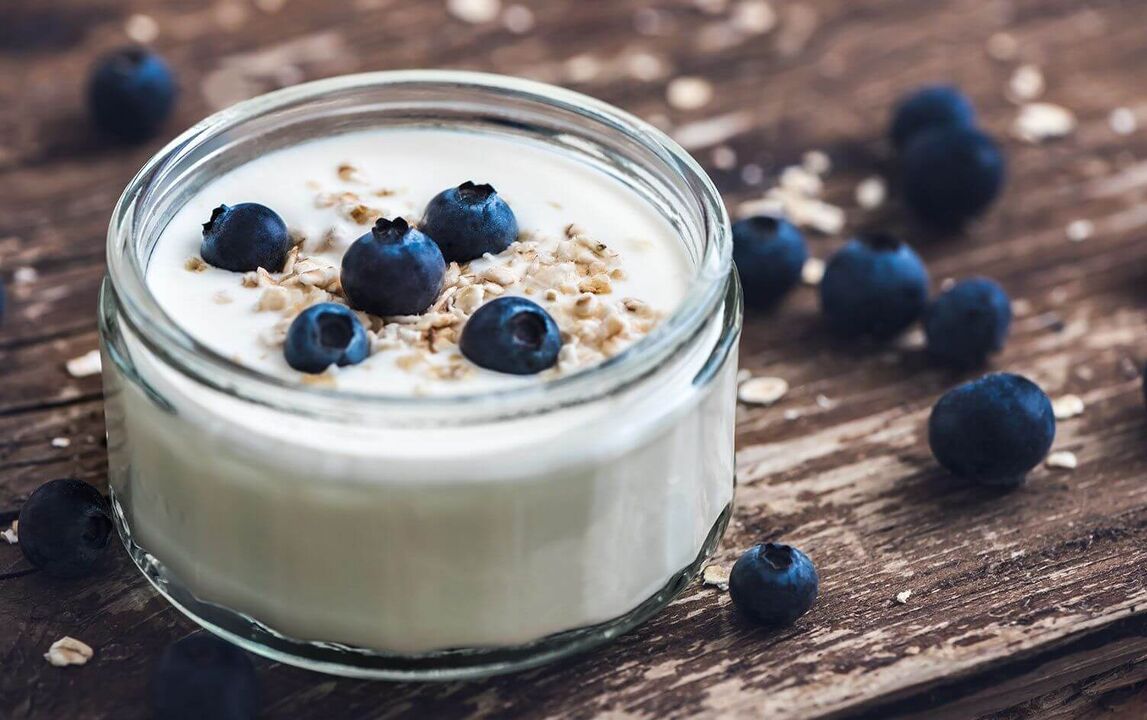
How can you replace kefir in your diet?
If for some reason kefir isn't available to you or the flavor just doesn't suit it, you can try these alternatives:
- Yogurt has no additives.Choose a product carefully, for flavor and thickness, starch and sugar are often added to it.
- Other low-fat fermented dairy products- for example, fermented, melted or ayran baked milk.
- Yogurt.It's very easy to make at home: just leave the milk in the yeast bowl at room temperature for a day.
Approved product list
| May | That is forbidden |
|---|---|
|
|
Kefir diet for 3 days
If we eliminate the single diet for kefir, the hardest choice for the body, then the 3-day kefir diet will have the strongest effect on the body. If the time is short, it will give you a quick and shocking weight attack.
The general rule is one: about 1. 5 liters of kefir per day for 5-6 doses. In addition, other low-calorie foods are acceptable. The most popular choices are buckwheat, cheese, apples, vegetables. You can replace kefir with just one product - apples, for example. But it's better to make your food, even in the diet, as varied and interesting as possible.
For example, a kefir diet menu might look like this:
1 day
- Breakfast:oatmeal, tea with honey.
- Dinner:stew, vegetable soup.
- Dinner:green salad.
- Snacks:kefir.
Day 2
- Breakfast:boiled eggs, rose water boiled.
- Dinner:salad, vegetable soup.
- Dinner:vegetable salad, tea.
- Snacks:kefir.
Day 3
- Breakfast:curd casserole, tea.
- Dinner:boiled fish, salad.
- Dinner:Buckwheat porridge, chrysanthemum tea.
- Snacks:kefir.
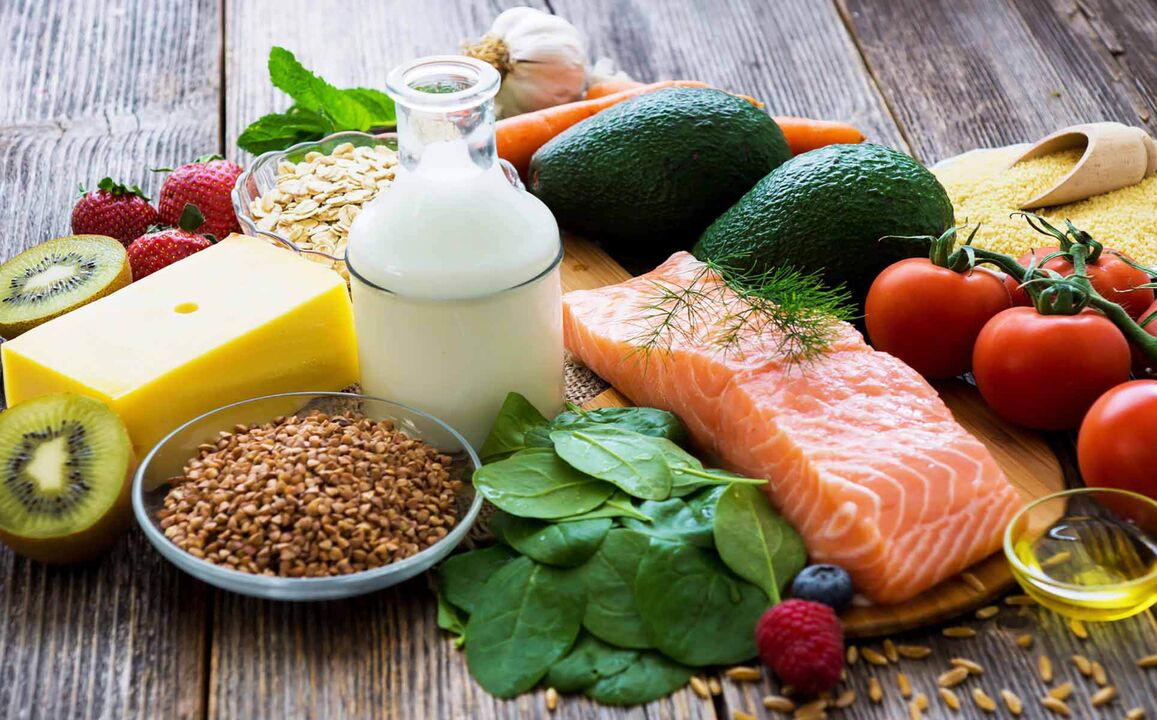
Kefir diet for 7 days
Kefir diet for a week allows you to achieve impressive results: 7-10 kg loss. Since time lasts longer, it's important to eat as much variety as possible.
In one of the diet options, each day is supposed to combine only kefir with a low-calorie product, for example, an apple, but you can simply extend the diet three days into a week, eat "porridge for breakfast, protein and vegetables for lunch and dinner, kefir in between".
Sample menu:
- 1 day:Divide into 5 servings about 200-250 g of boiled lean meat and 1. 5 liters of kefir.
- Day 2:5 large apples and 1. 5 liters of kefir per day.
- Day 3:300 g fresh cottage cheese 3-5% fat and 1. 5 liters of kefir.
- 4th:250 g steamed white fish and 1. 5 l kefir.
- Day 5:500 g cucumber and tomato salad and 1. 5 l kefir.
- 6th:250g chicken fillet and 1. 5l kefir.
- 7th:2 quarts of kefir and prunes to taste.
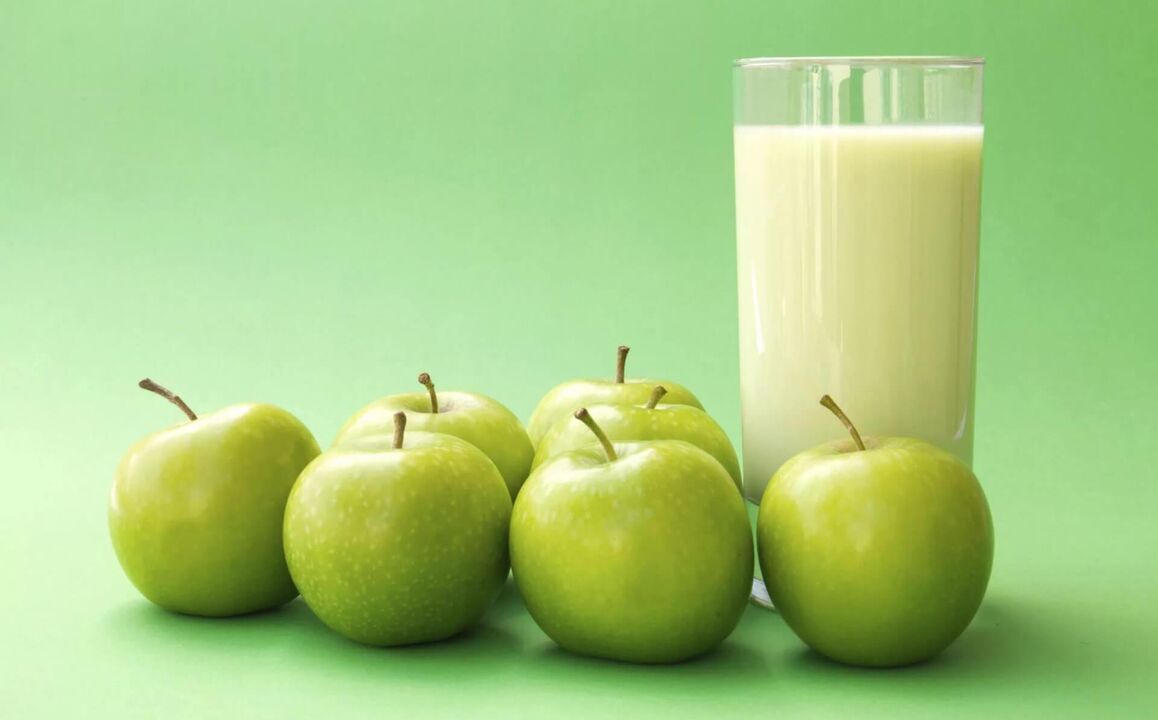
Kefir diet for 9 days
The most durable option. Eating only fresh meat or cheese every day is boring, but to avoid having to cook something new every day, take the 3-day menu as a base and rotate those items. For example, like this:
Day 1, 4, 7
- Breakfast:oatmeal, eggs, tea with honey.
- Dinner:stews, green salads.
- Dinner:vegetables, dried fruits.
- Snacks:kefir, apple.
Days 2, 5, 8
- Breakfast:toast and rosehip broth.
- Dinner:Boiled fish with vegetables.
- Dinner:an apple, a slice of low-fat cheese.
- Snacks:kefir, cheese.
Days 3, 6, 9
- Breakfast:Steamed omelette, green tea.
- Dinner:chicken soup, salad, a slice of black bread.
- Dinner:steamed fish, buckwheat porridge.
- Snacks:kefir.
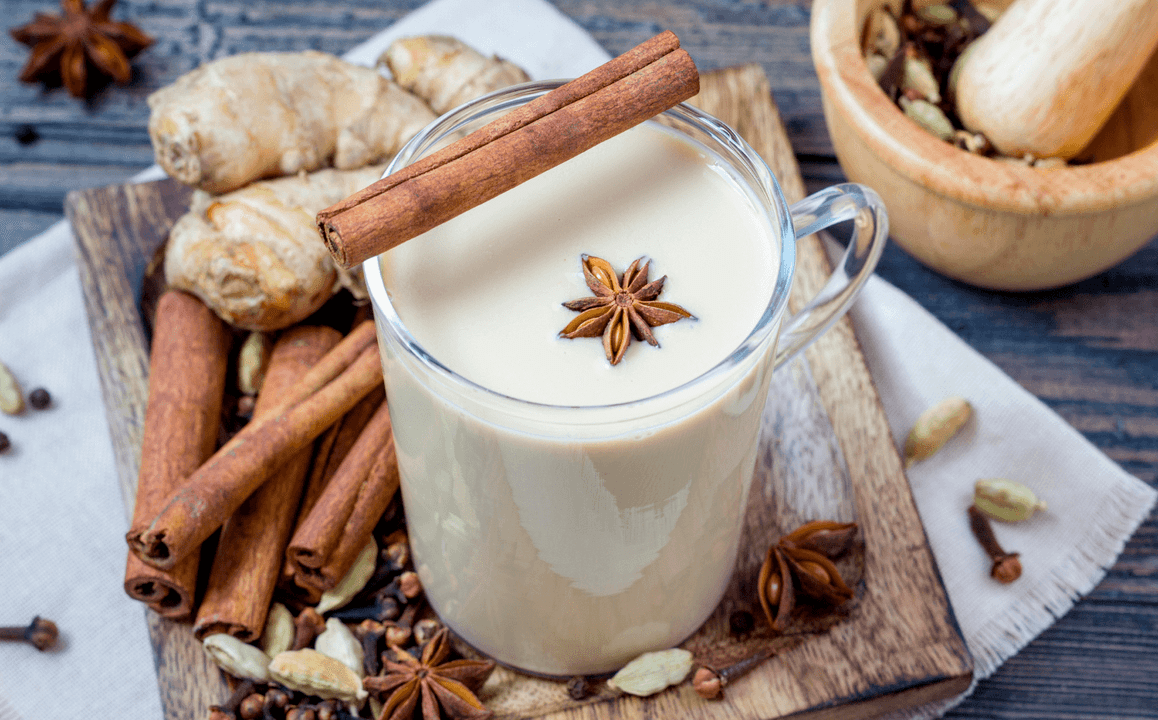
Recipe: Kefir with Cinnamon and Ginger
On top of that, as a rule, people who are losing weight on kefir do not eat enough sweets. A simple recipe will help: add cinnamon and ginger to the kefir. Ginger has warming and fat-burning properties, while the smell and taste of cinnamon is very sweet. Ready-made mixtures can be taken in the morning, for activity, at night, to begin the process of untangling the work of the digestive tract, or you can take it with you on the go.
Ingredient:
- kefir 500 ml
- ground ginger 1 teaspoon
- ground cinnamon 1 teaspoon
- Other spices: cloves, pepper.
Mix the kefir with the spices with a whisk or blender and pour into a small bottle. The drinking party must be drunk on the same day. Be careful with chili and other brightly colored spices if you have a sensitive stomach or damaged intestinal lining.
How to end the kefir diet the right way
Nutritionists warn: the kefir diet is suitable for perfectly healthy people, without gastrointestinal problems and even the slightest signs of eating disorders.
And they may even experience unpleasant symptoms such as an upset stomach and will almost certainly regain the weight they lost, as happens with any effective high-pressure diet. in short term.
So that the weight does not return immediately, exit the diet smoothly. Continue eating in small portions and limit your total calorie intake to 1000-1500 kcal for at least a week. Continue to drink at least 1. 5 liters of water per day, and avoid starchy foods, heavy foods, and greasy foods for at least 2 weeks. It is better to make light soups, vegetable salads, cereals and boiled meats as the basis of the diet. Introduce other products gradually, one product every 2-3 days.
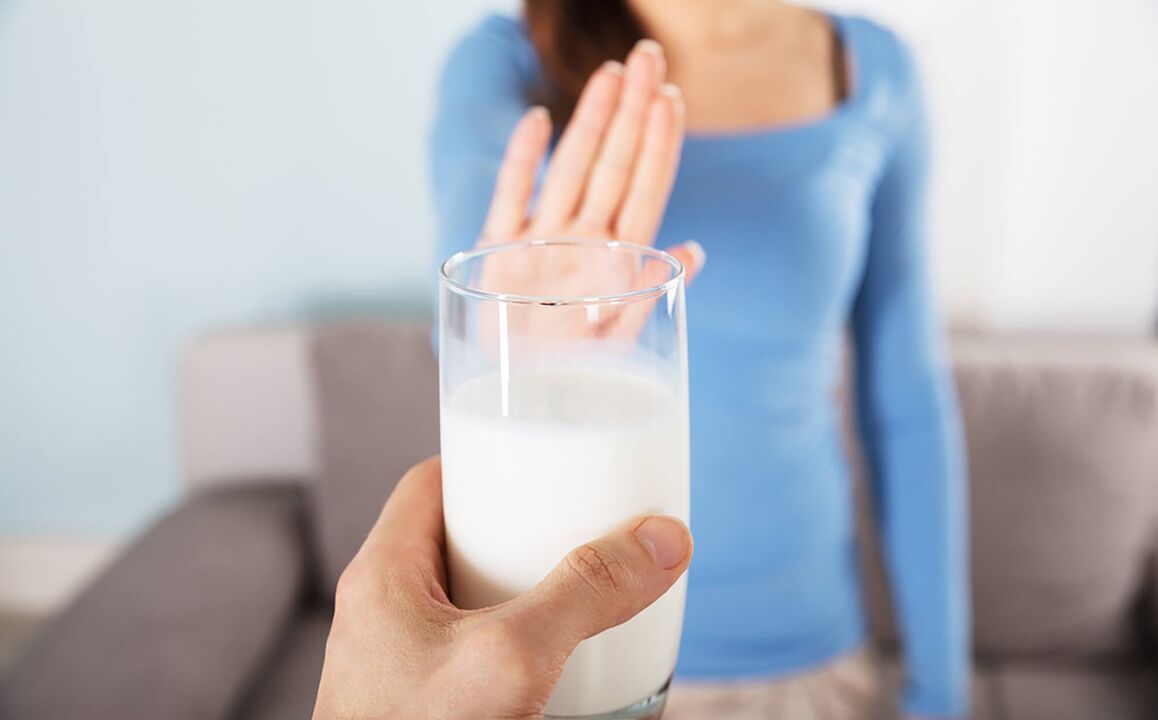
Why the kefir diet is bad
Any diet that severely restricts dietary variety simply cannot be beneficial in the long run. The Kefir diet for every day is definitely not suitable. There are three classes of people where it can do more harm than good.
- People with disorders and diseases of the digestive tract, kidneys, lactose intolerance. Kefir can cause diarrhea and dehydration, stomach pain, and bloating. The ethyl alcohol in the composition is also harmful to the intestinal mucosa.
- Children, pregnant and lactating women. A variety of food is very important for them. Letting the body take away fats and carbohydrates, even for a few days, means stunting growth and development.
- People with eating disorders. Honestly, few people are enthusiastic about the taste of kefir without additives. You'll have to literally force yourself to drink it. If this continues for more than a few days, the likelihood of a problem increasing exponentially.
Advantages of the kefir . diet
Simple, effective, lots of fluid. Beneficial for the digestive tract and microflora. A large amount of calcium has a beneficial effect on the condition of bones, nails and teeth.
Cons of the kefir . diet
Stress to the body due to nutritional deficiencies, vitamin and taste deficiencies. Possible indigestion, bloating, constipation or diarrhea, upset stomach. The increased acidity of the product may aggravate the condition of people with gout, rheumatism and highly acidic gastric juices.






























